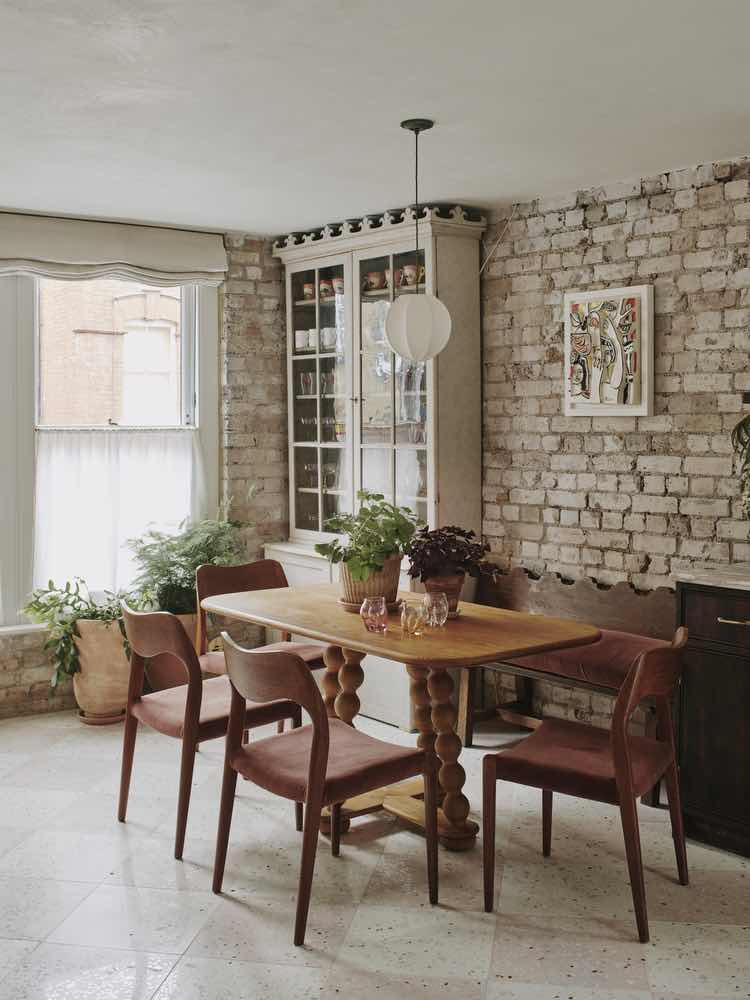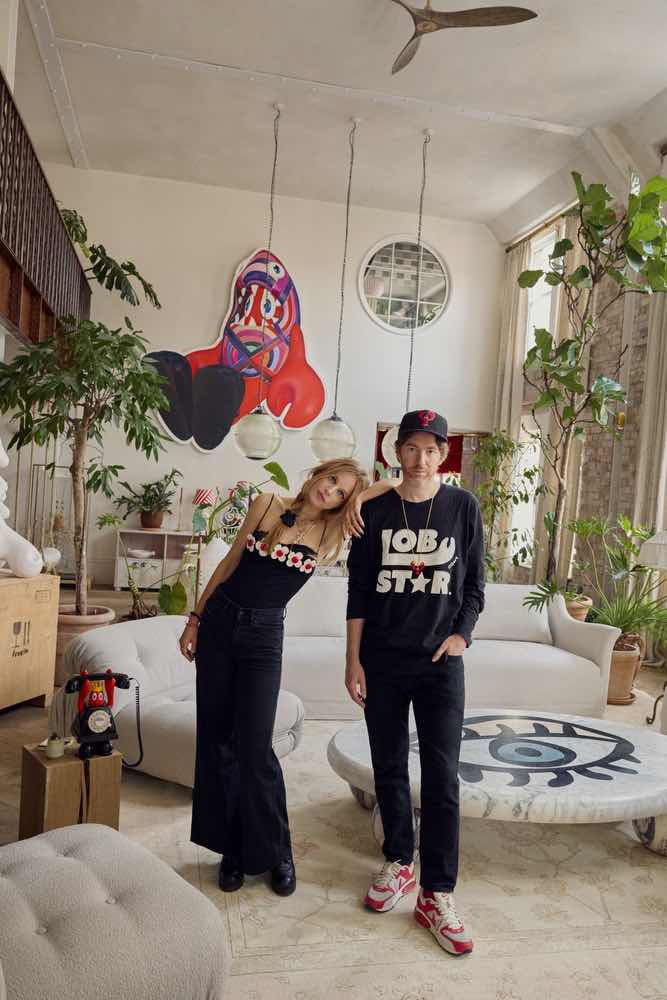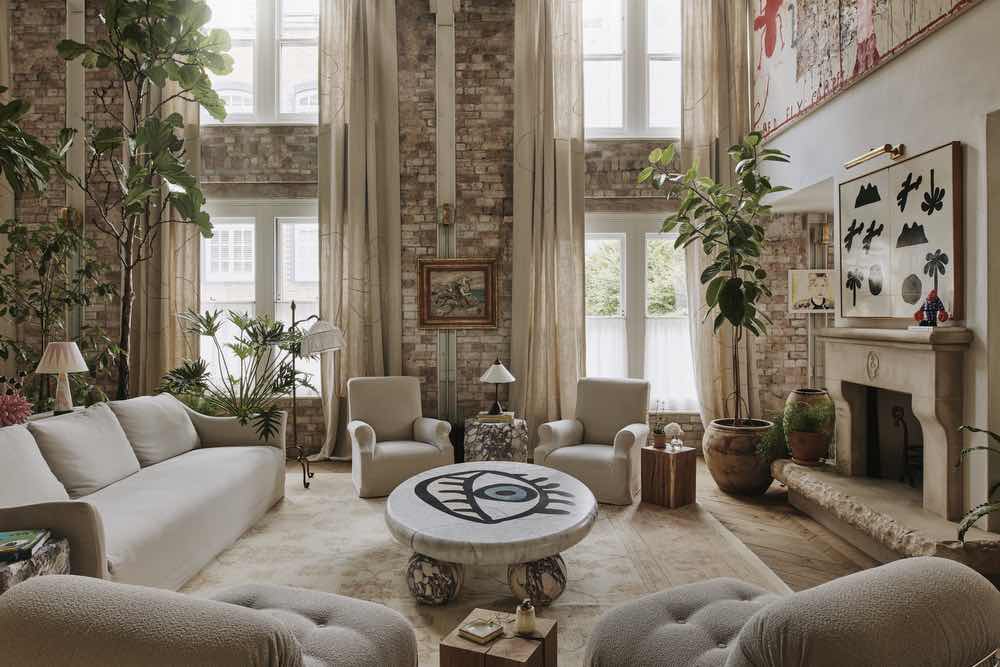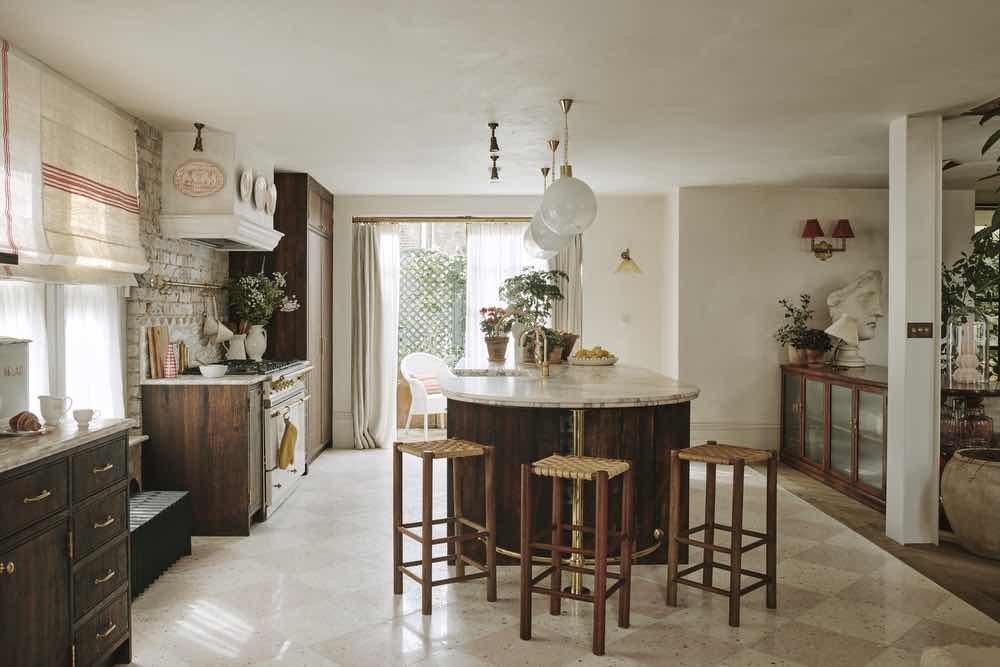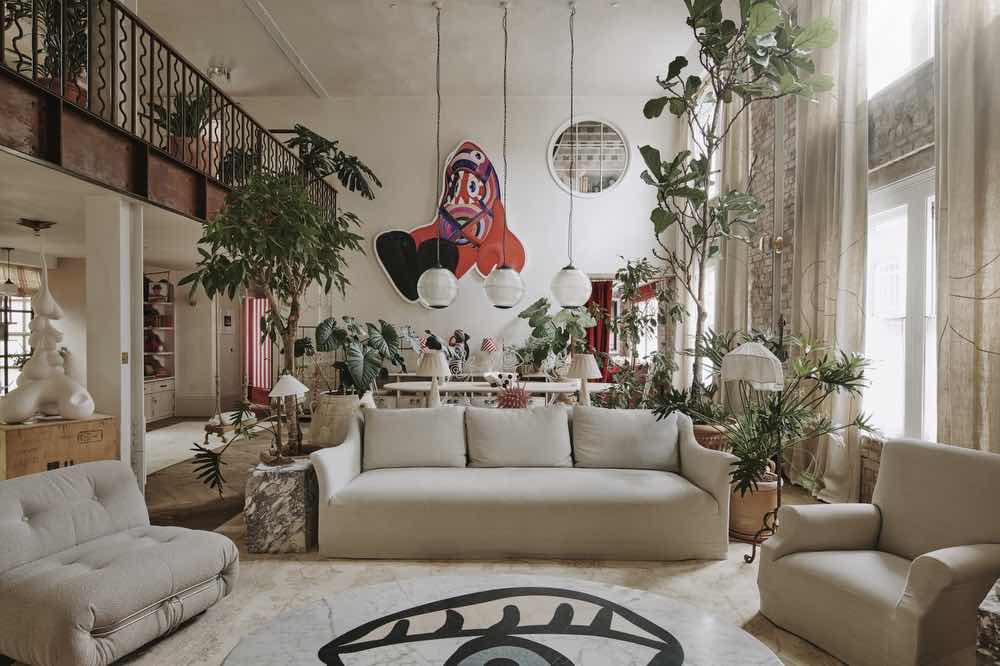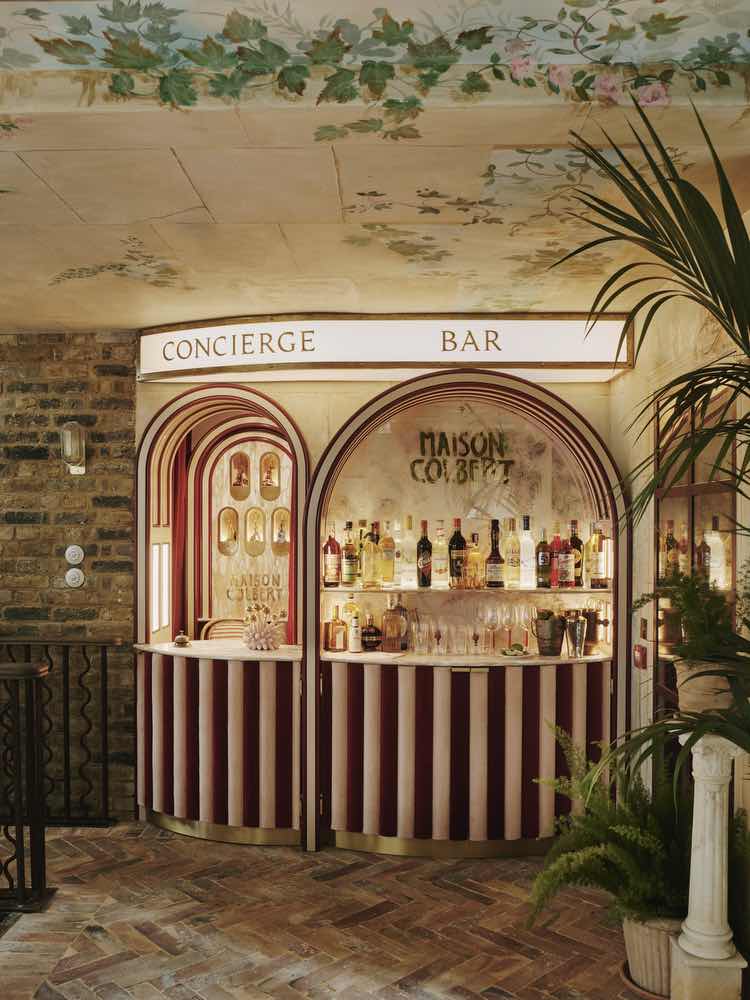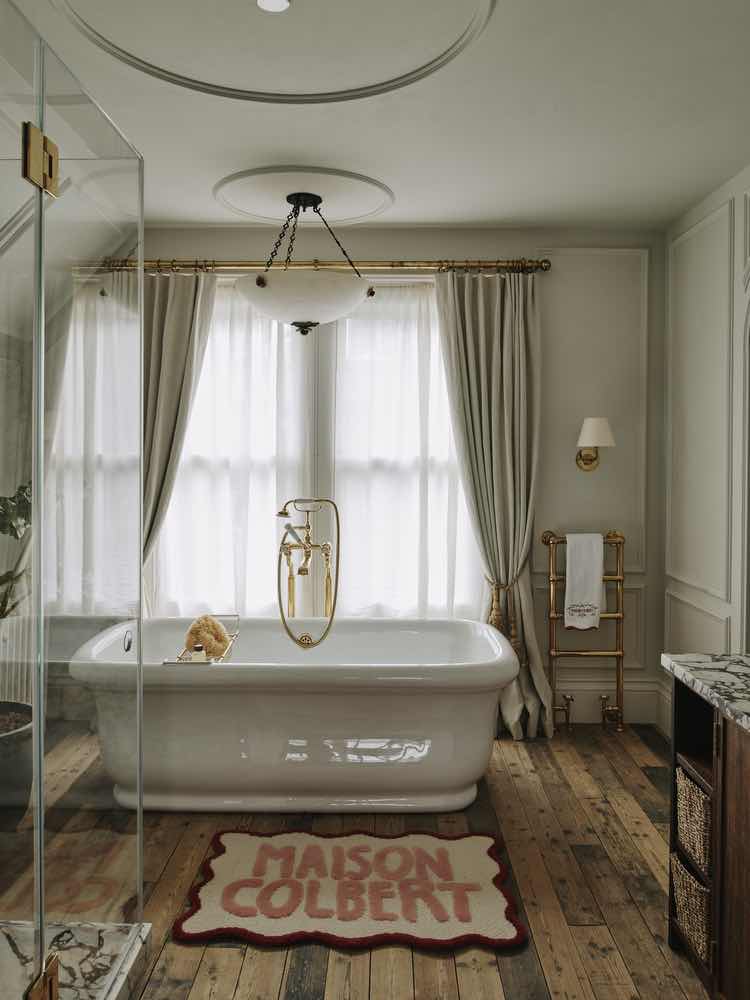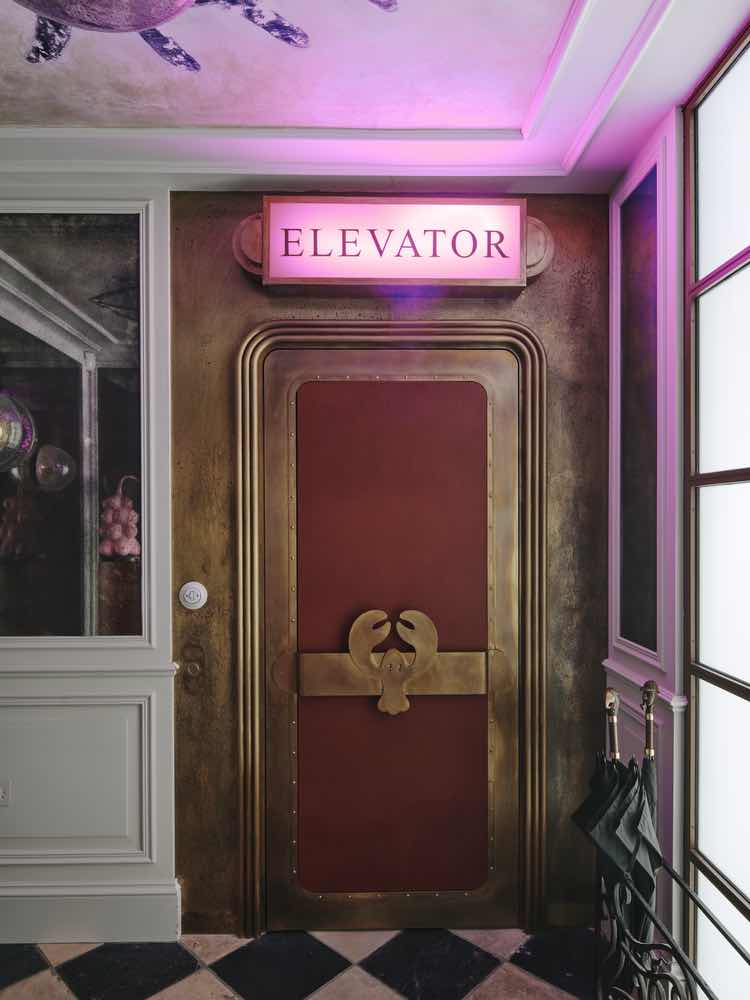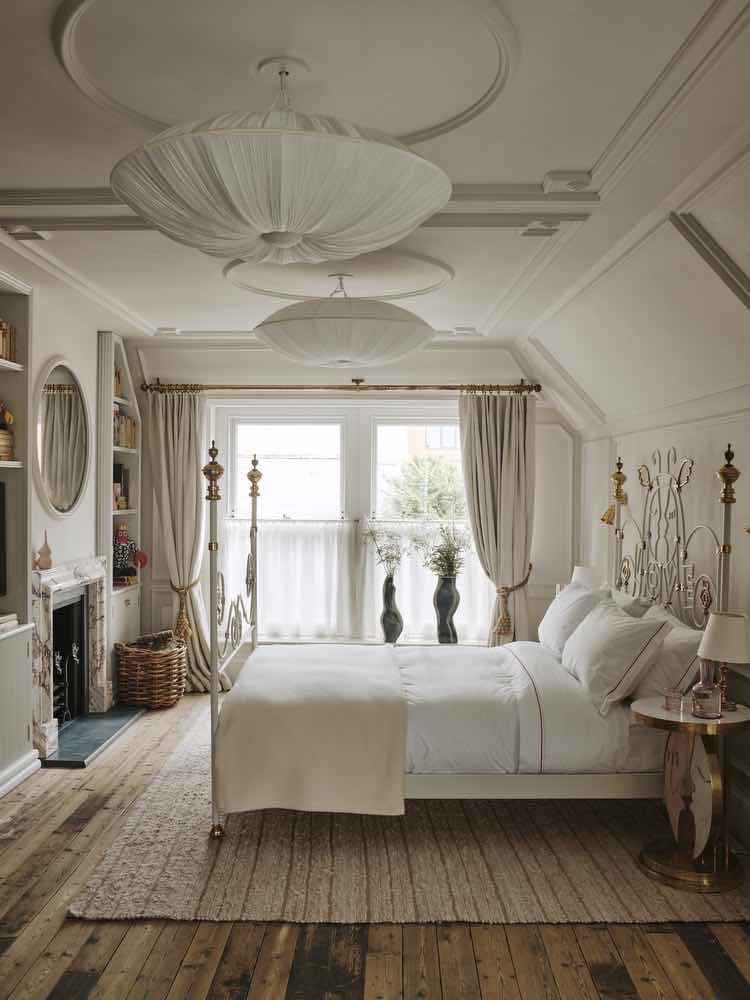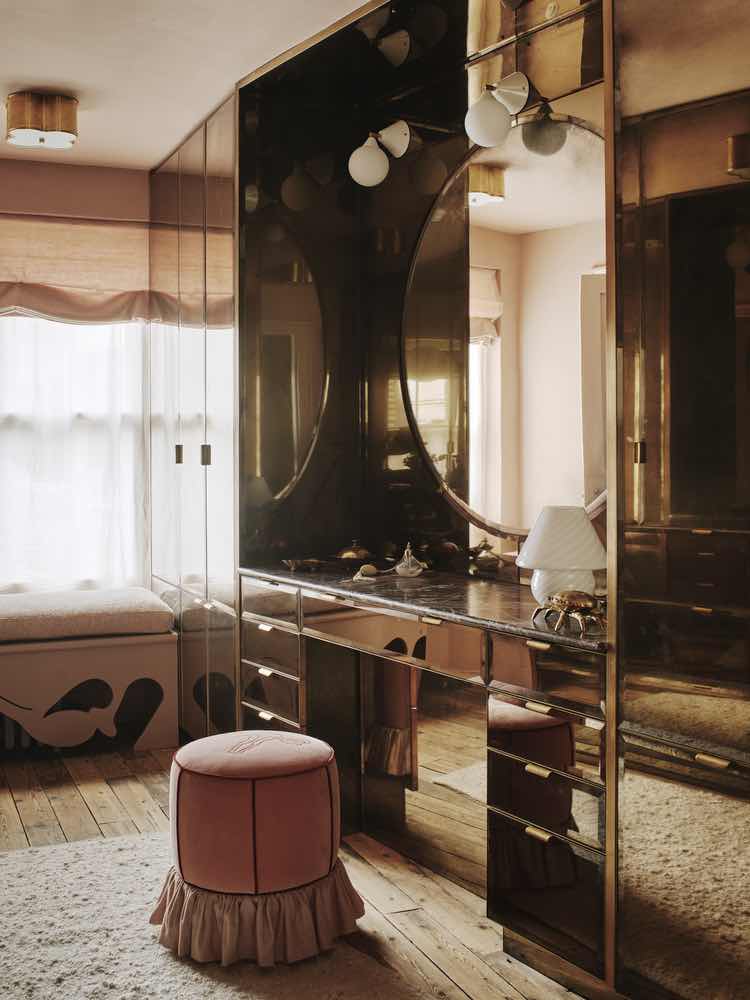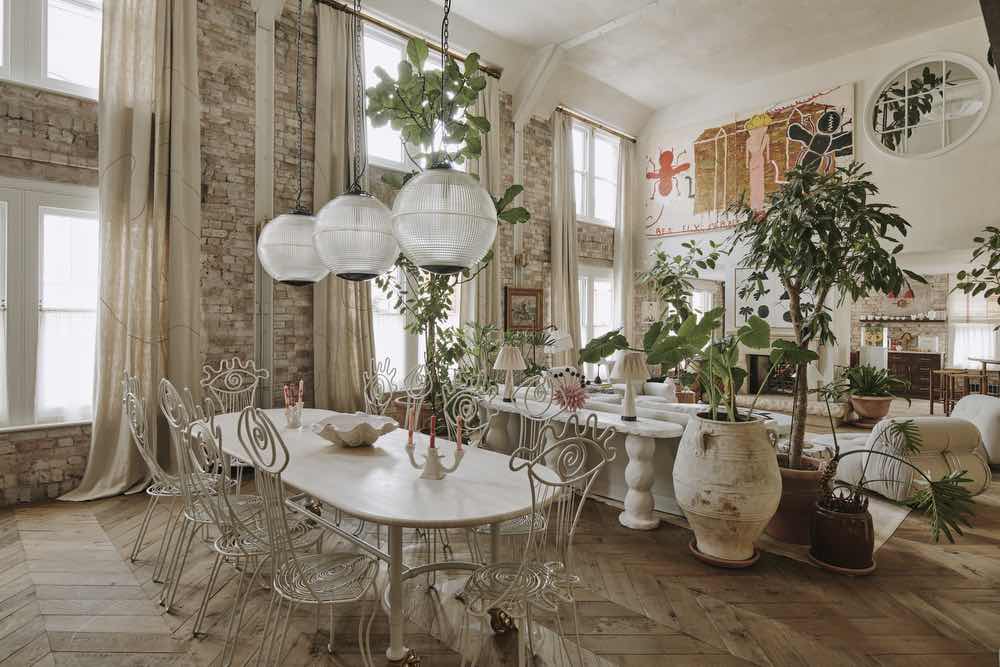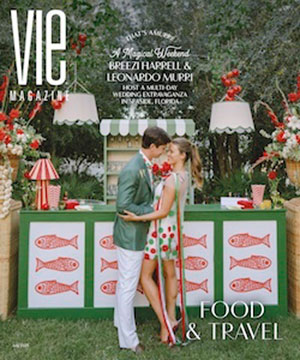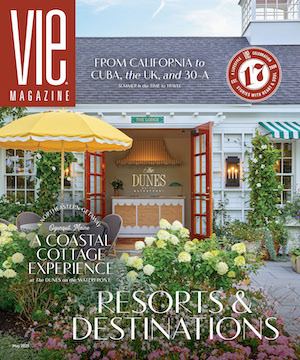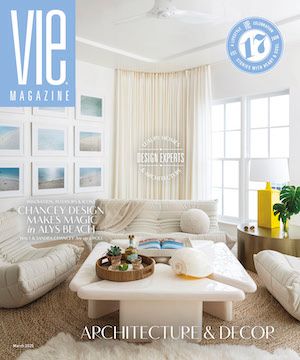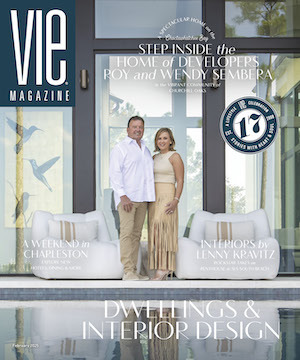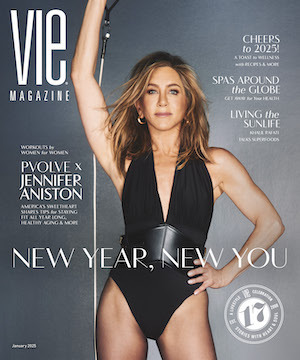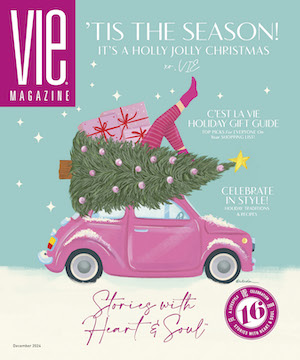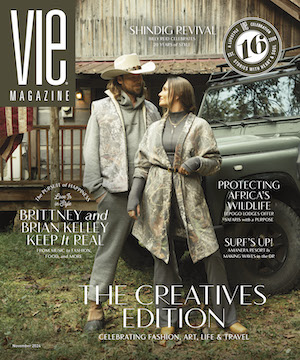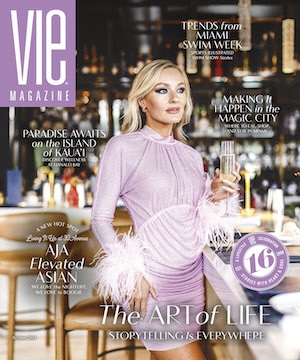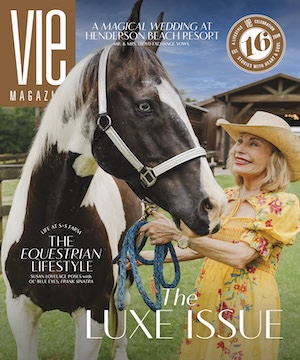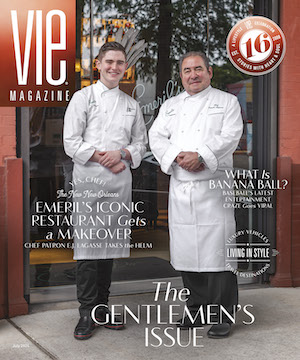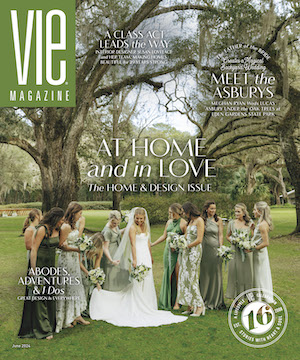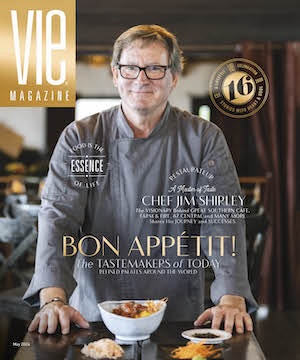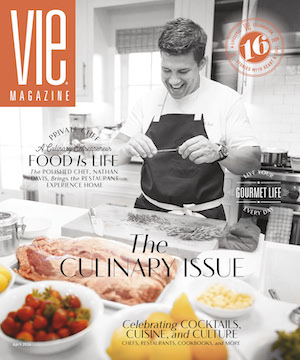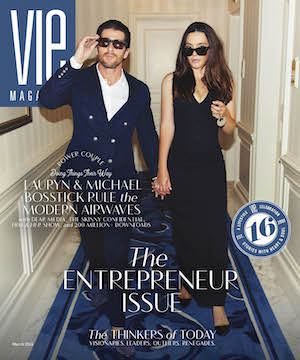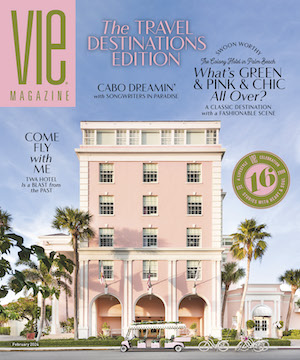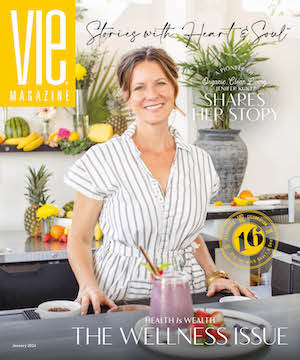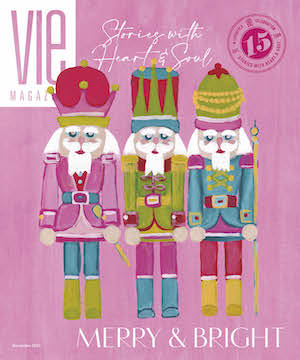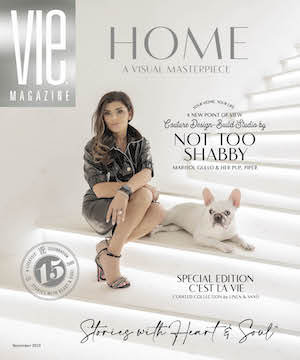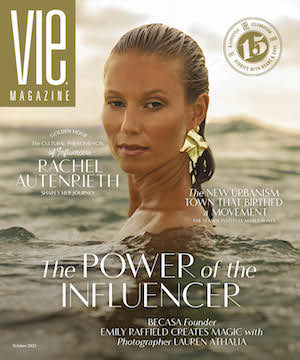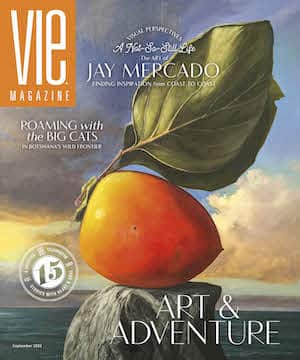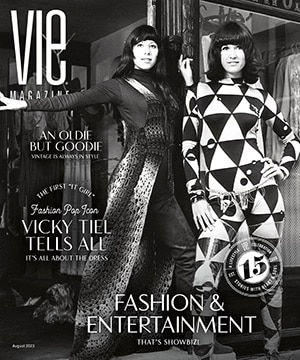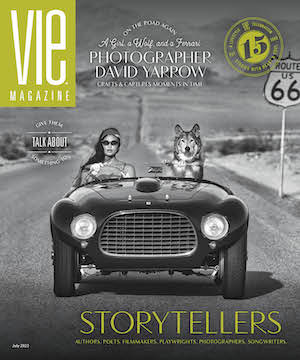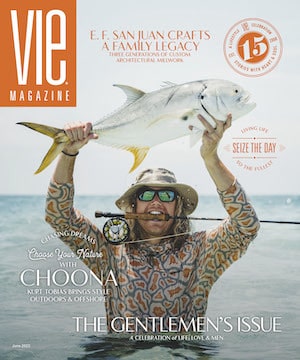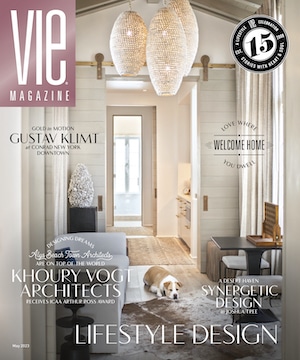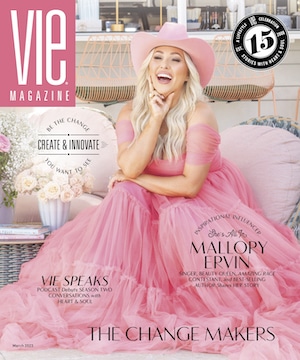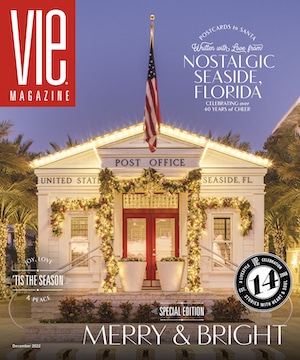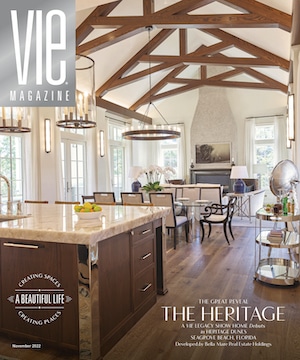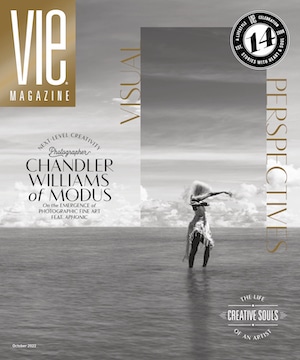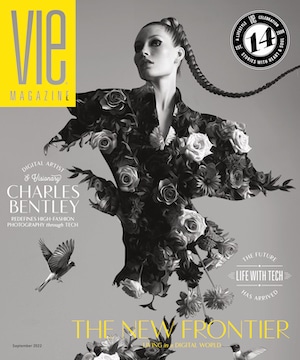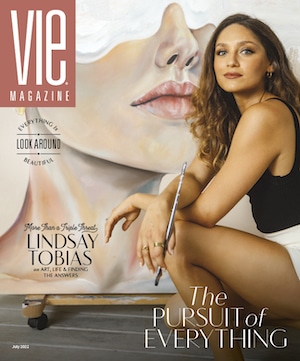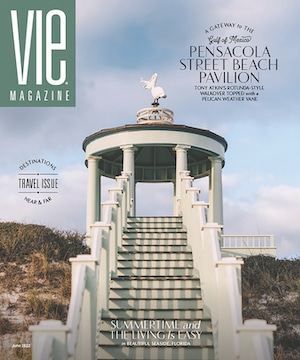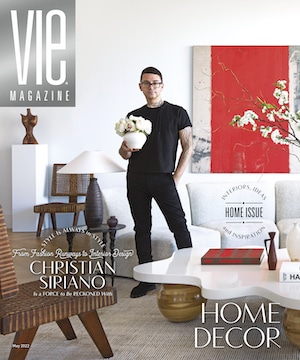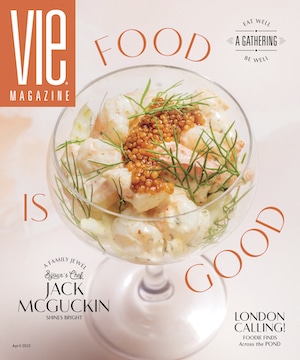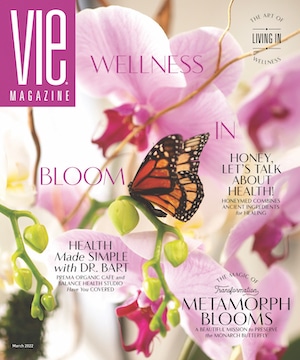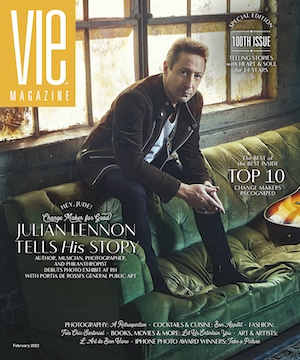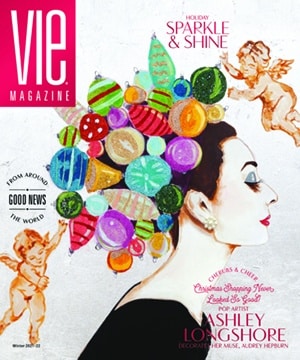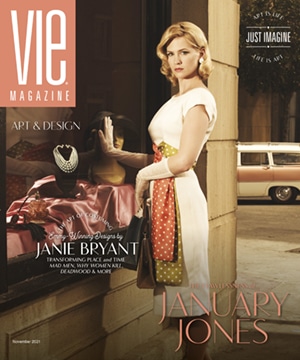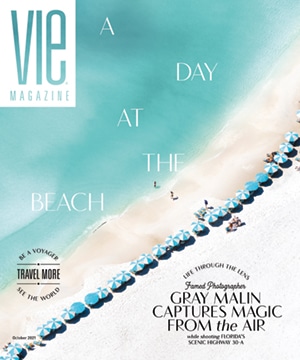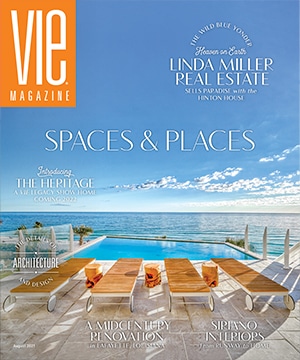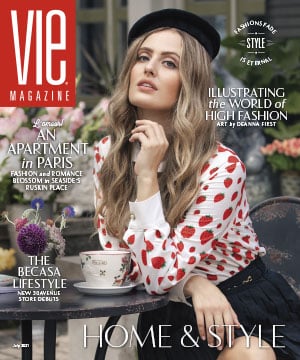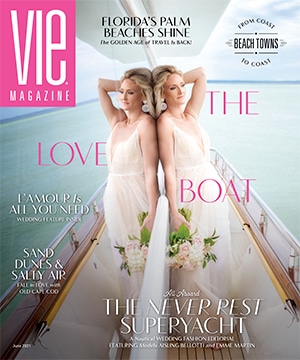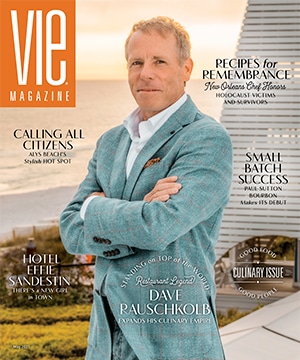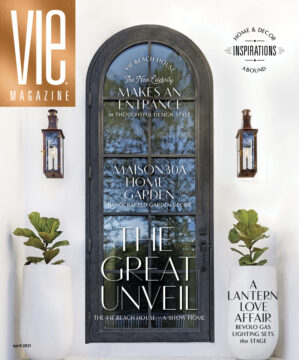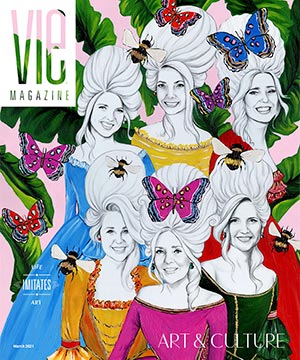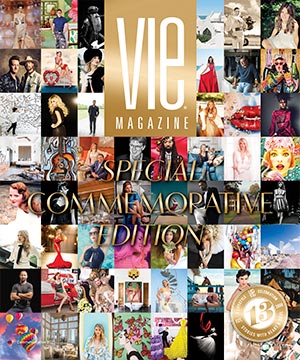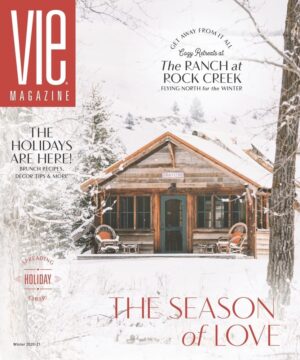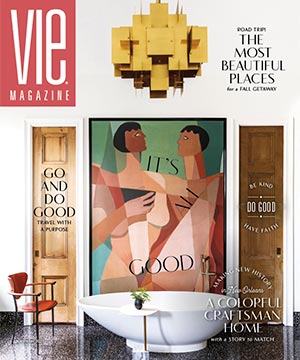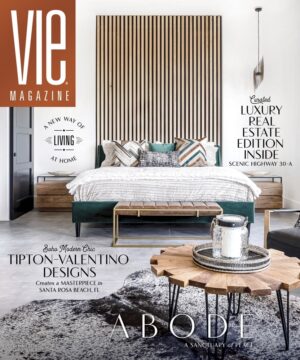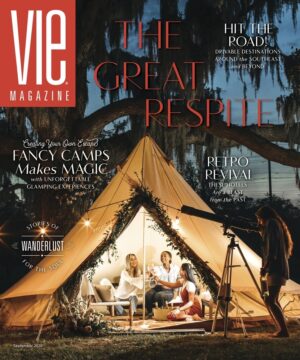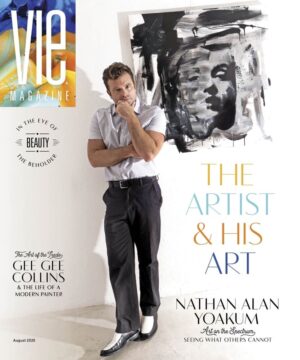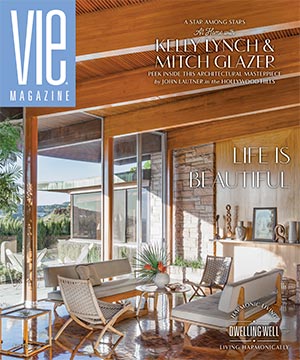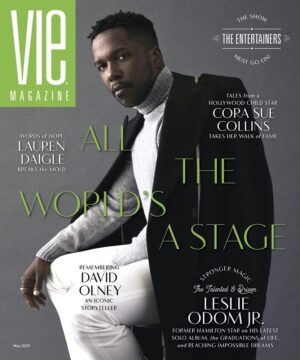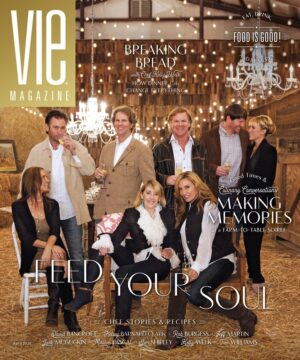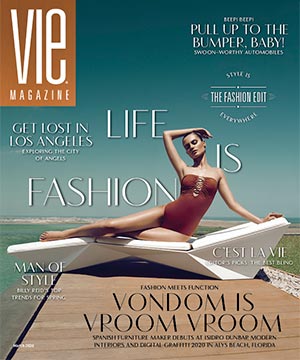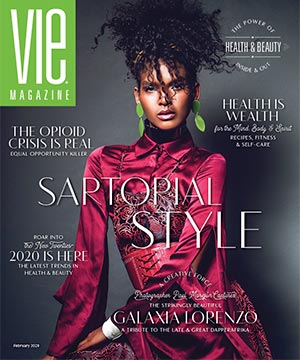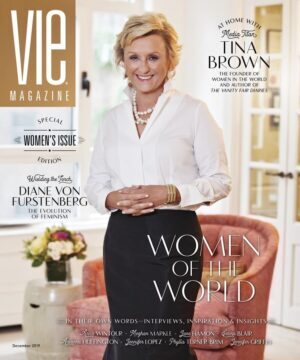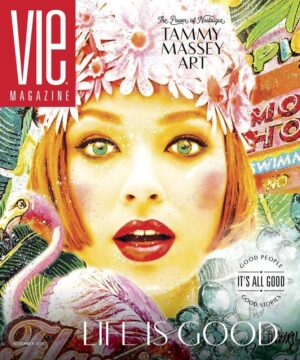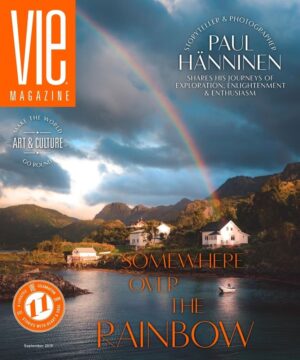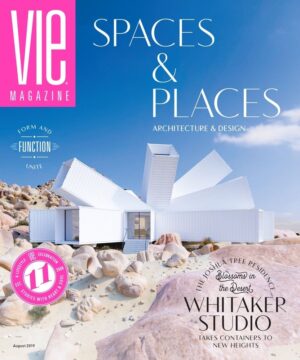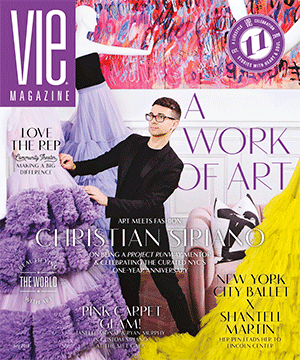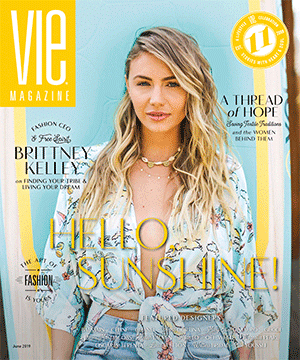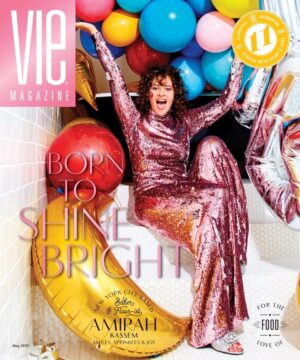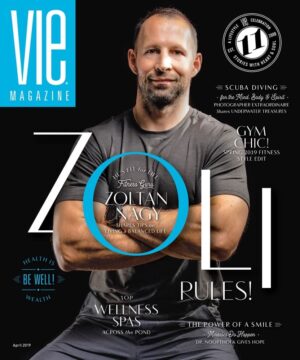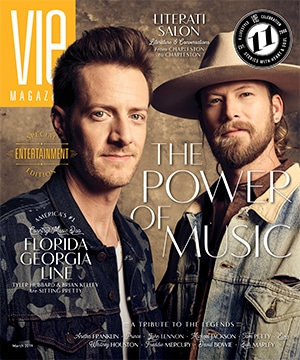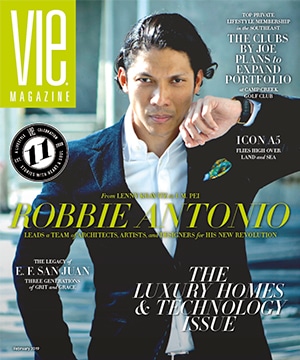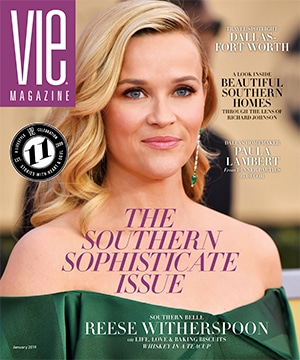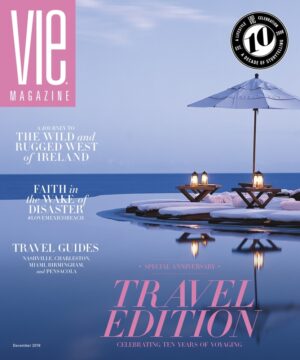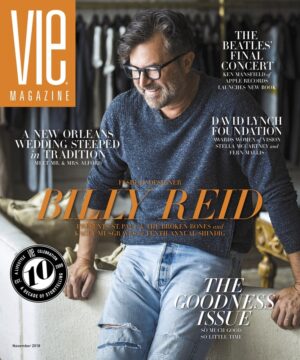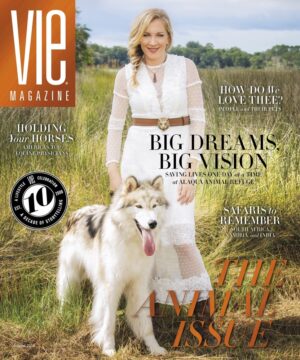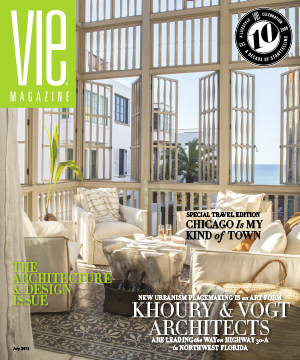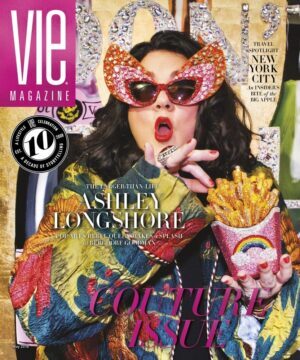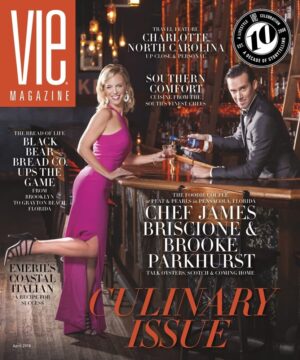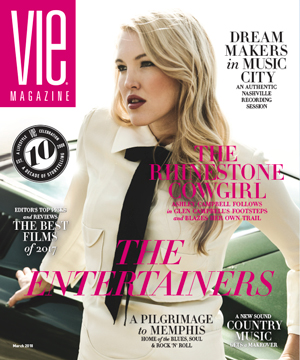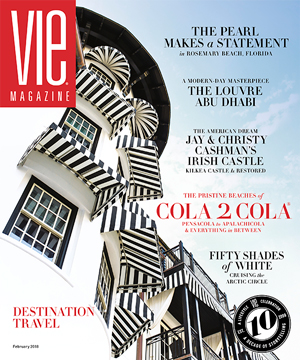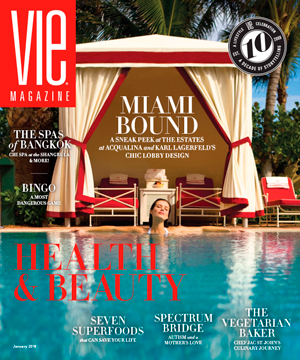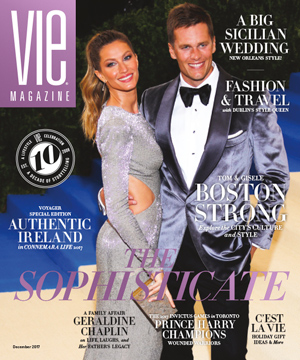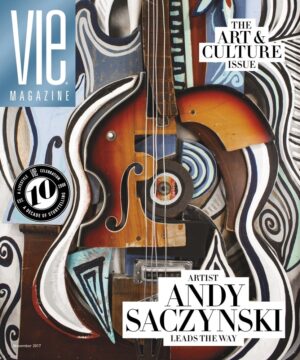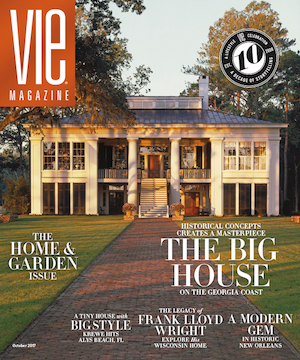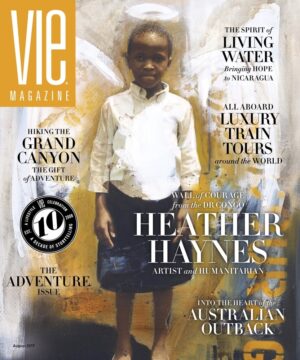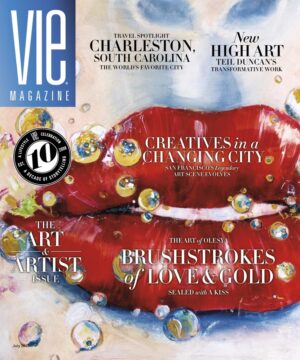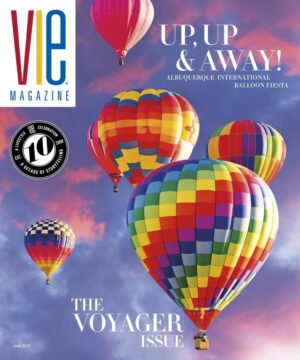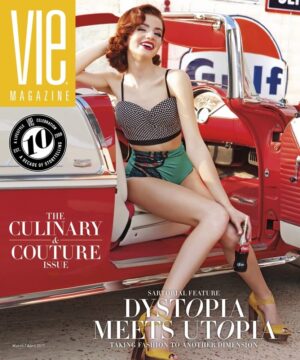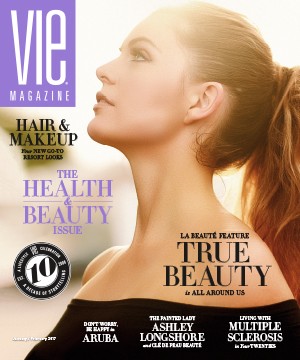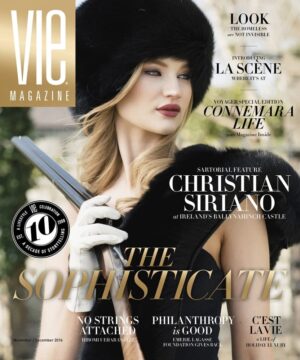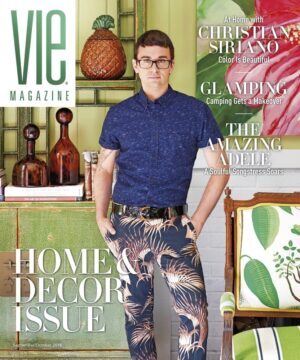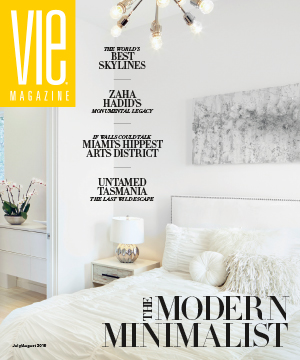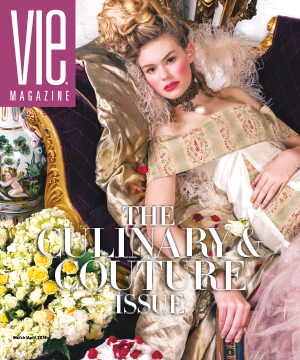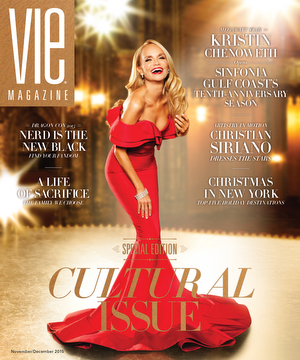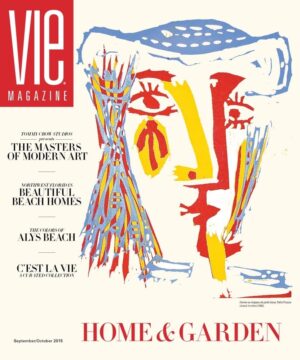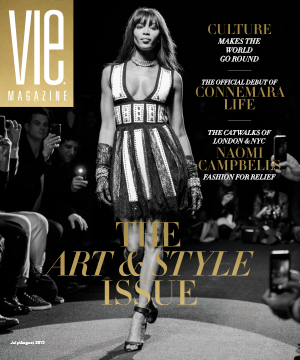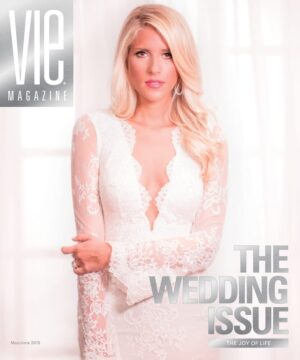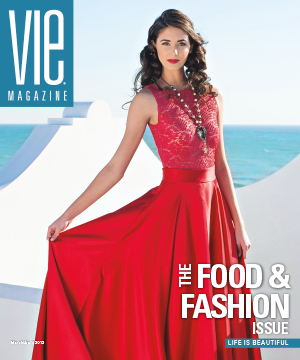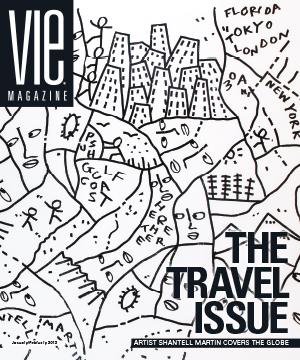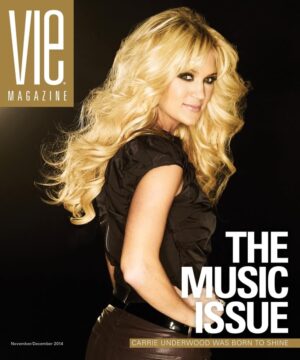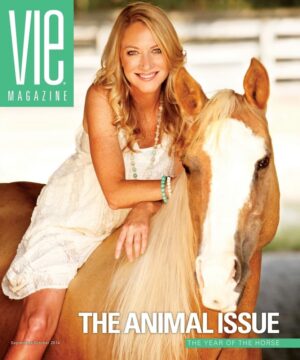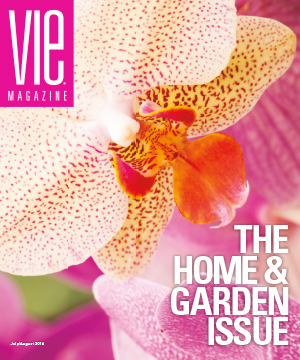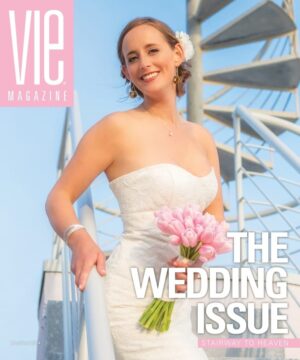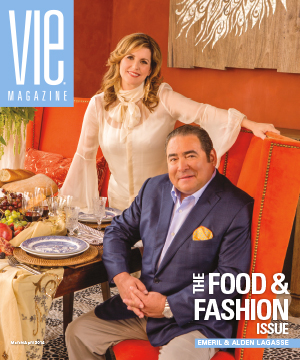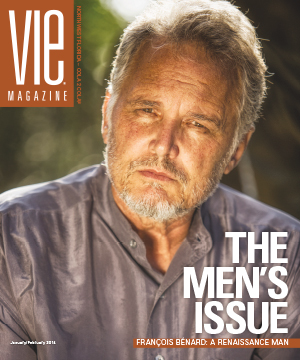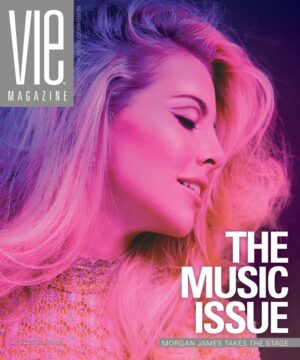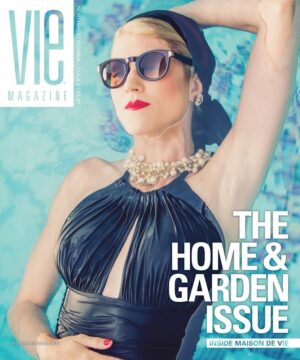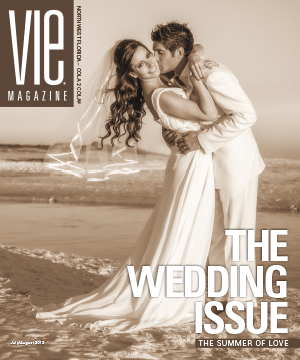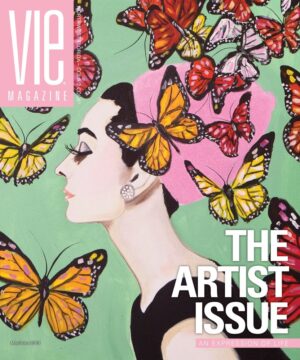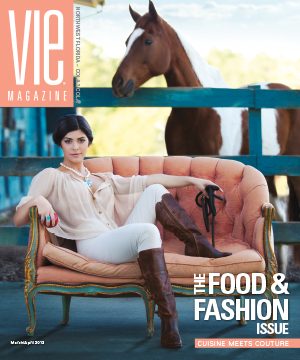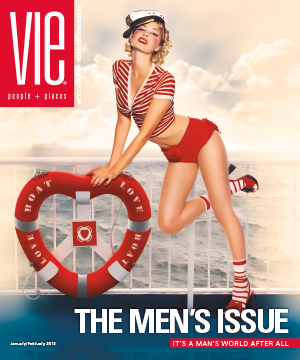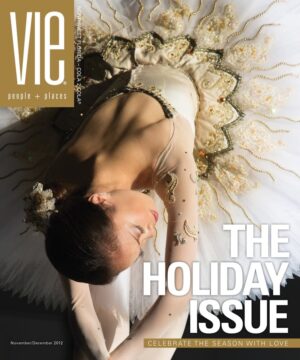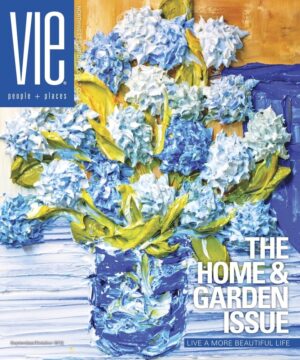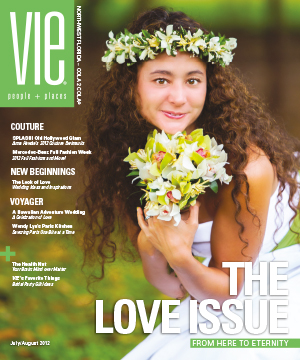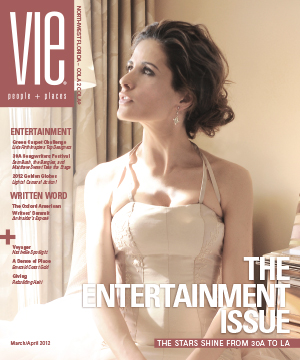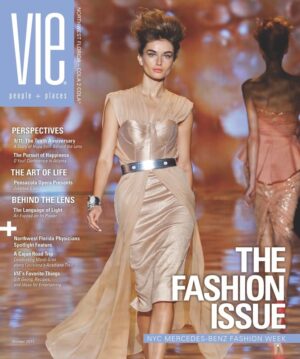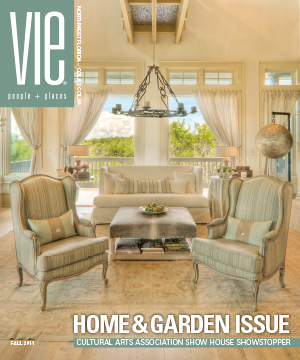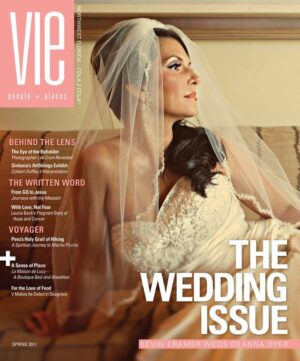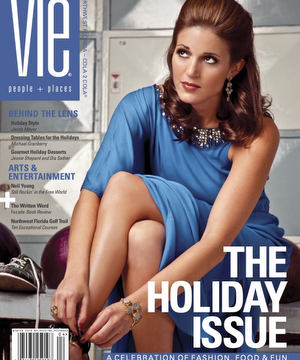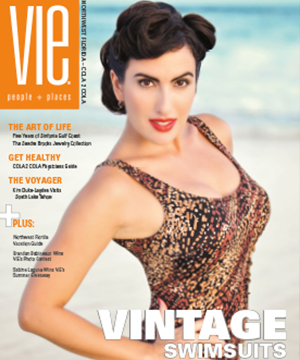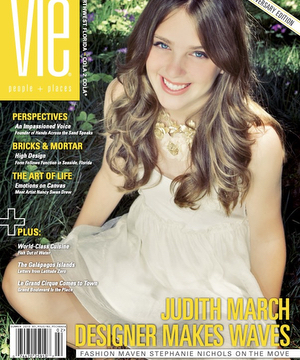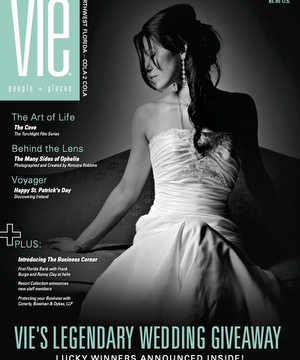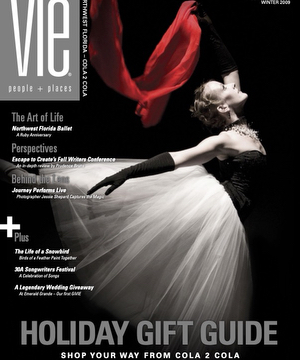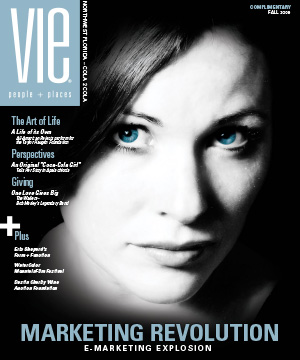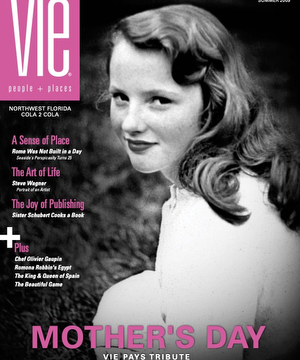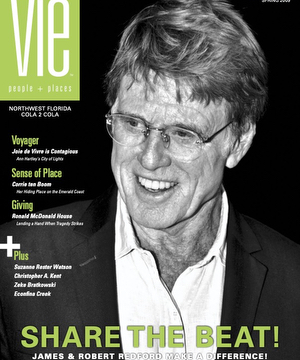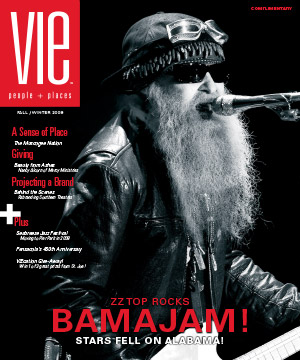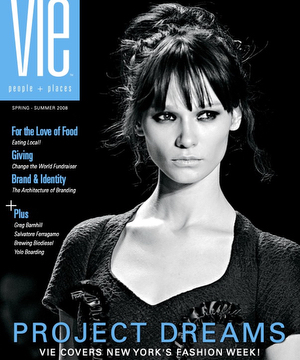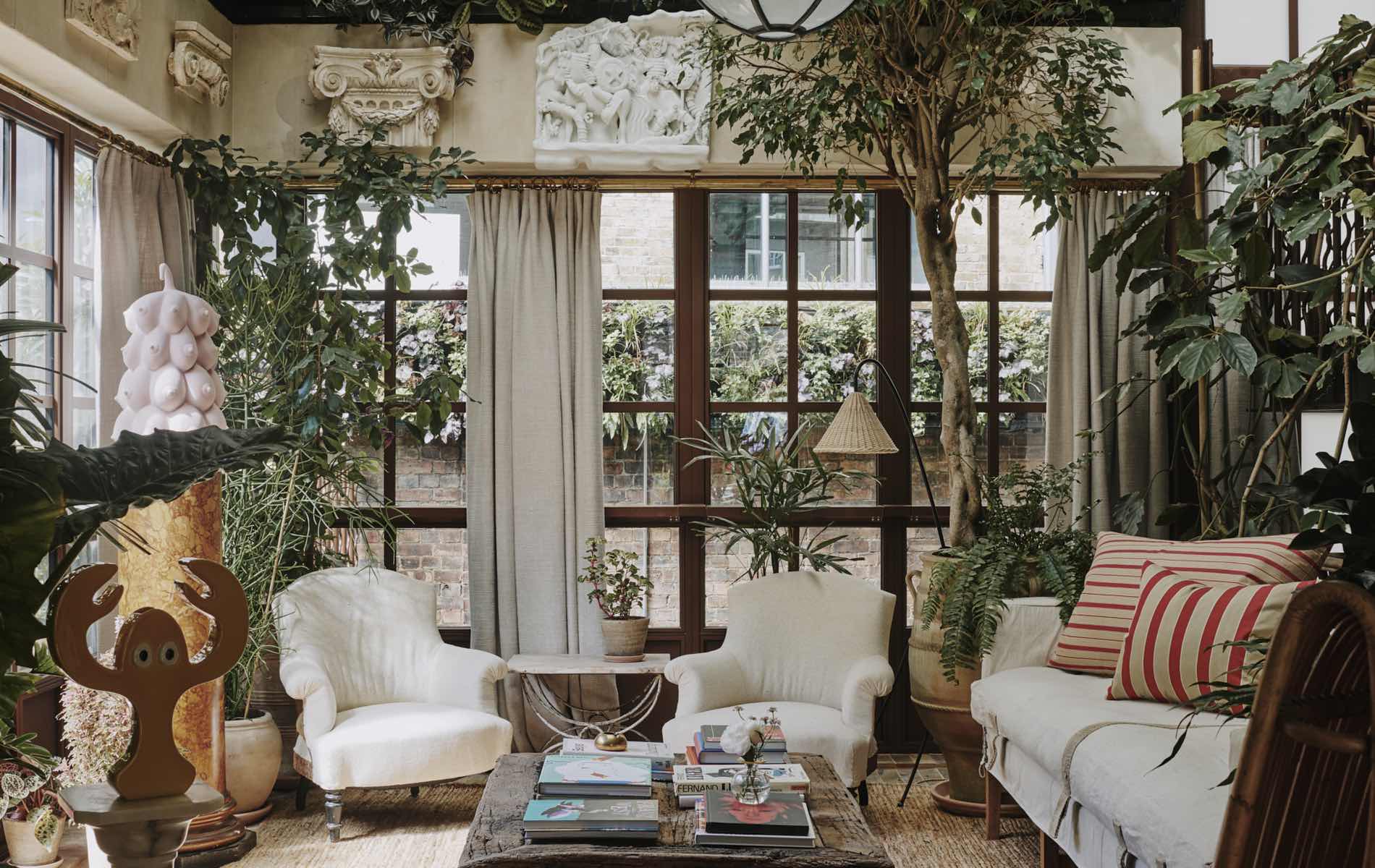
vie-magazine-surrealist-home-in-the-uk-hero
Traditional furniture sits alongside Charlotte’s surreal sculpture of multiple breasts and Philip’s signature lobster motif on a pedestal beneath a beamed ceiling in their period London home.
Life Is But a Dream
February 2025
Surrealism Is Alive and Well in This London Abode
By Anthea Gerrie | Photography by Michael Sinclair
She’s been dubbed by a fan “the love child of Emily Dickinson and Dalí.” And given that sculptor, poet, and filmmaker Charlotte Colbert’s dreamlike creations have crept out into the world to decorate everything from homewares and jewelry to churches and piazzas, it’s no surprise that the home she shares with her husband, Philip, who has centered his pop art career around one of Salvador Dalí’s most famous motifs, is a surrealist’s paradise.
Even the entrance is surreal, I discover while hunting for it in Spitalfields, a picturesque enclave of London’s Shoreditch where skyscrapers sit alongside ancient tumble-down houses home to generations of immigrants. Now, while a handful of bagel bakeries and curry houses speak to a multicultural past in which Russian Jews and Bangladeshis succeeded the French Huguenots who first fled here to escape persecution, today’s Shoreditch has been taken over by contemporary creatives seeking homes and studios whose old bones are packed to the rafters with atmosphere and history.
Where a front door should be, I see only the frontage of an old-fashioned seafood purveyor, its frosted glass emblazoned with claws and tails etched in red. Lobster—that’s a clue! Indeed, when I push open the shop door, I find not fish slabs but a studio packed with artificial crustaceans decorating the chairs and other objects designed by Philip, who boldly declares on his website, “I became an artist when I became a lobster.”
The Colberts, who are also immigrants to London but only from as far as their previous home in rural Sussex, are following the tradition of living above the shop—four shops, that is, which have been pushed together to form a striking family home on three upper floors, with top-level rooms cozily shoehorned into a sloping attic. It’s warm, quirky, playful, and full of the symbols thatCharlotte loves to surround herself with as literal representations of her identity as a woman.
“I’m very interested in the narratives that inform identity—from the ones we learn via history, science, and evolution to others we find in dreams and those we tell our children in fairy tales,” explains the unashamed womb- and breast-obsessed young mother over a cuppa. “I like to look at forgotten figures and stories and give them a space, like in the first feature film I directed, which looked at women persecuted for witchcraft and asked why we should fear them.”
We are sitting in a comfortable kitchen overlooking the heart of the home—a spectacular double-height living room created by knocking the middle two of the four buildings together by removing a wall. Upholstered sofas and oversized armchairs in ivory and taupe soften the effect of a two-storywall of sandblasted brick and provide a squashy perch from which to gaze upon an art collection that is far from restricted to the walls, spreading from floor to ceiling. Another Charlotte lurks unseen in the background—interior designer Charlotte Buchanan, who, with her partner Angus, steeped in the world of set design, helped the Colberts create a magic box of a home. Here, the couple literally lives within their dreams.
There’s a guest room on this galleried second story, while the family sleeps on the two top floors in a collection of whimsically decorated bedrooms adjoining what can only be described as highly eclectic bathrooms. My favorite one pairs yellow tiles—a mix of sunshine-bright and more muted primrose—with a matching stripey shower curtain, and I only spot when close up that the tub is embellished with dozens of breast reliefs. They hover benevolently over a pair of—what else?—lobsters disrupting the otherwise classically Victorian black-and-white floor tile. This is their daughter’s ablution space; Charlotte and Philip have a vast but more conventional tub at the attic level, facing a large walk-in shower lined in striking black-and-white marble. In the manner of a movie title, the bespoke “Maison Colbert” bath mat leaves us in no doubt that we are in the most private corner of the home, adjoining a serene, all-white master bedroom with the chatelaine’s eye motif sculpted discreetly into the wrought iron of the old-fashioned bedstead.
Tradition has not totally been banished in this house—wonderful original floorboards have been salvaged and, in some places, relaid in a herringbone pattern.
There are hand-painted wood-beam ceilings and an unashamedly traditional kitchen with dark wood cupboards, brass trim, and marble countertops. But this couple has felt driven to reiterate their personal motifs as emblems throughout the house. For Charlotte, they represent the essence of femininity from the beautiful lash-rimmed eye inspired by her pale blue orbs to the breast assemblages and uterus complete with fallopian tubes which decorate mirror surrounds and planters and loom huge in padded form as the centerpiece of a pink bedhead. “It is, after all, where life starts,” explains the seventh child of Sir James Goldsmith, one of Britain’s most famous twentieth-century tycoons.
It seems inevitable, given the couple’s friendship with other creatives—artists Gilbert Prousch and George Passmore (widely known as Gilbert & George) are neighbors, while designer Stella McCartney has held a runway show in their basement—that their surreal objects would eventually osmose into the commercial world. “I made items for my friends which got seen and admired, and the next thing I knew, the Conran Shop invited us to do a surrealist takeover,” says Charlotte of London’s most famous home design emporium. Delicate, gold-trimmed white porcelain tea sets and egg cups filled the shop over a summer, decorated like metal chairs and benches, with the famous Colbert eye, not to mention Philip’s lobster telephones inspired by Dalí’s most famous sculpture and other crustacean creations.
Now, a wide range of Charlotte’s dream objects are available to the wider world online, not only as homeware but also as jewelry—self-explanatory fallopian and eye necklaces. The first has also morphed into a vase, while the eye now decorates plates, napkins, pillowcases, and blankets.
Her preoccupation for 2025 is a massive piece of public art rather than small, intimate objects, and the twenty-six-foot sculpture being unveiled in the center of Dallas this summer is a perfect example of the poet and surrealist within her emerging in giant swathes of stainless steel. Out With Lanterns is a riff on Emily Dickinson’s description of lighting her way as she ventures forth to look for herself, but the words describing the tiny figure who morphs into a whole raft of swan-like creatures as she braves giant waves are pure Charlotte Colbert: “The girl is small, the waves are big, but they can be reimagined not as a drowning force but as something which might allow you to fly.”
— V —
For art and other merchandise, visit CharlotteColbert.com and PhilipColbert.com.
Share This Story!
KEEP UP WITH THE LATEST STORIES FROM VIE



